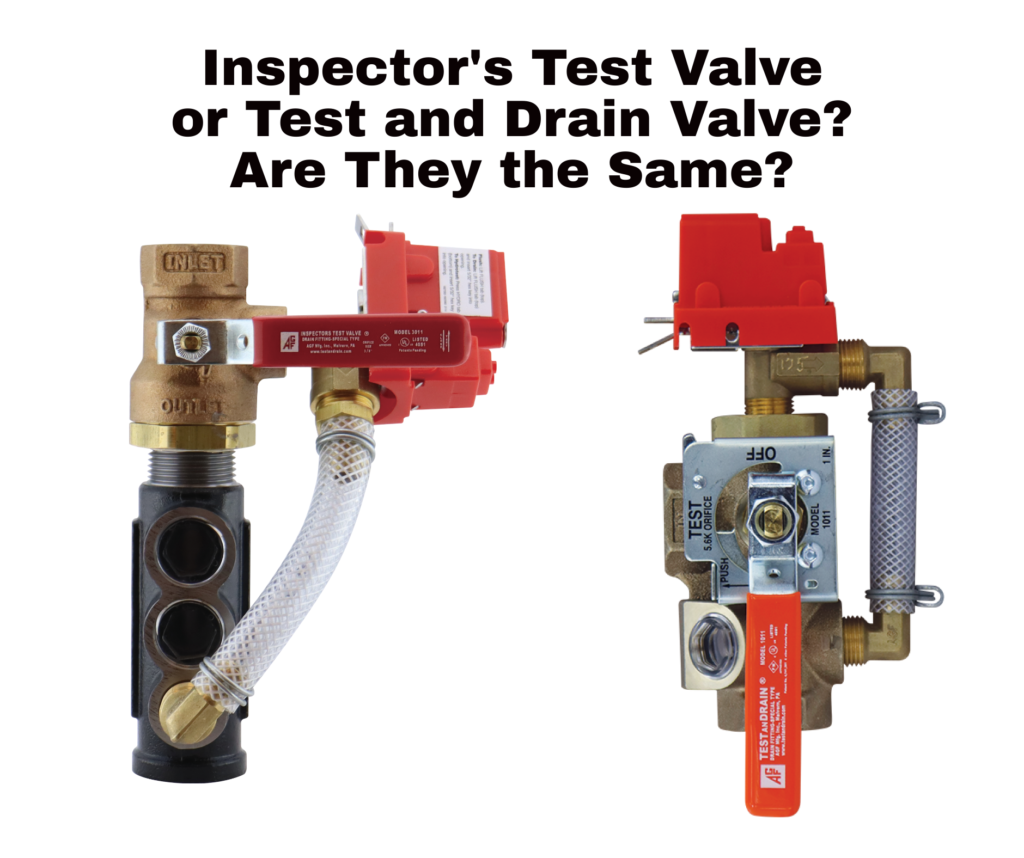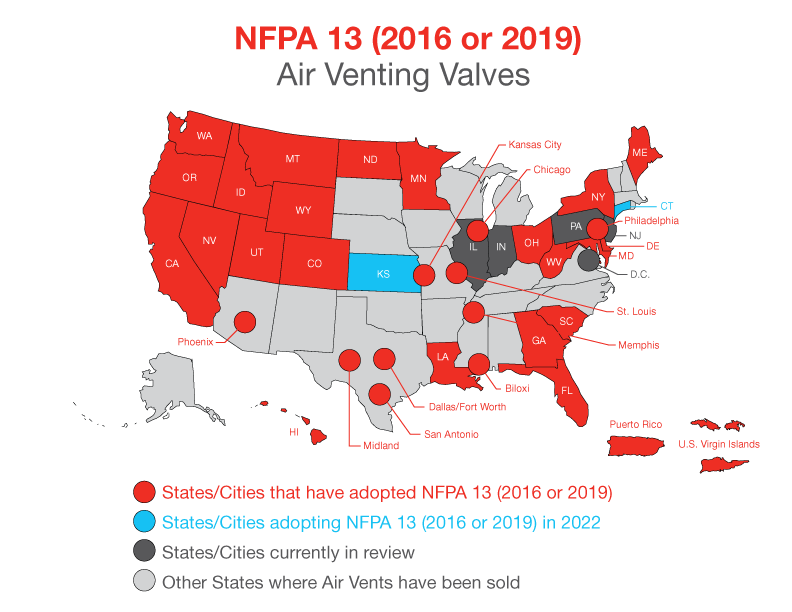Choosing and placing valves carefully is important for fire sprinkler systems to meet code requirements. The Inspector’s Test Valves and Test and Drain Valves are frequently confused. This is because they perform similar functions but have distinct characteristics and applications. Understanding the differences between these valves is crucial to ensure their proper usage.

Continue reading Is an Inspector’s Test the Same as a Test and Drain Valve? →


